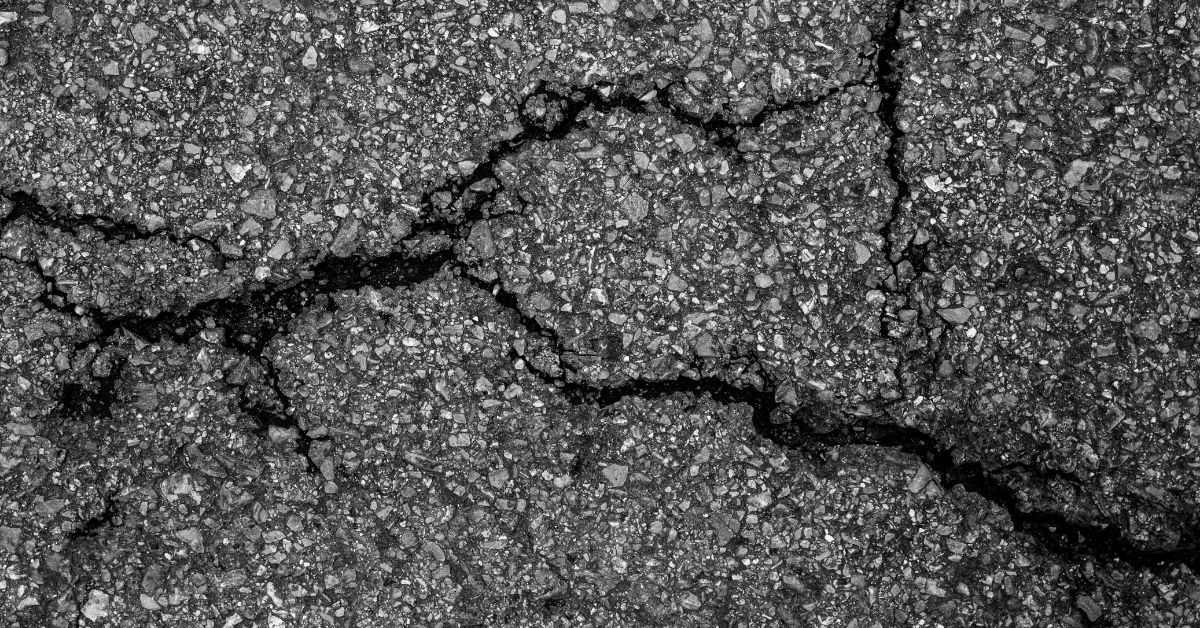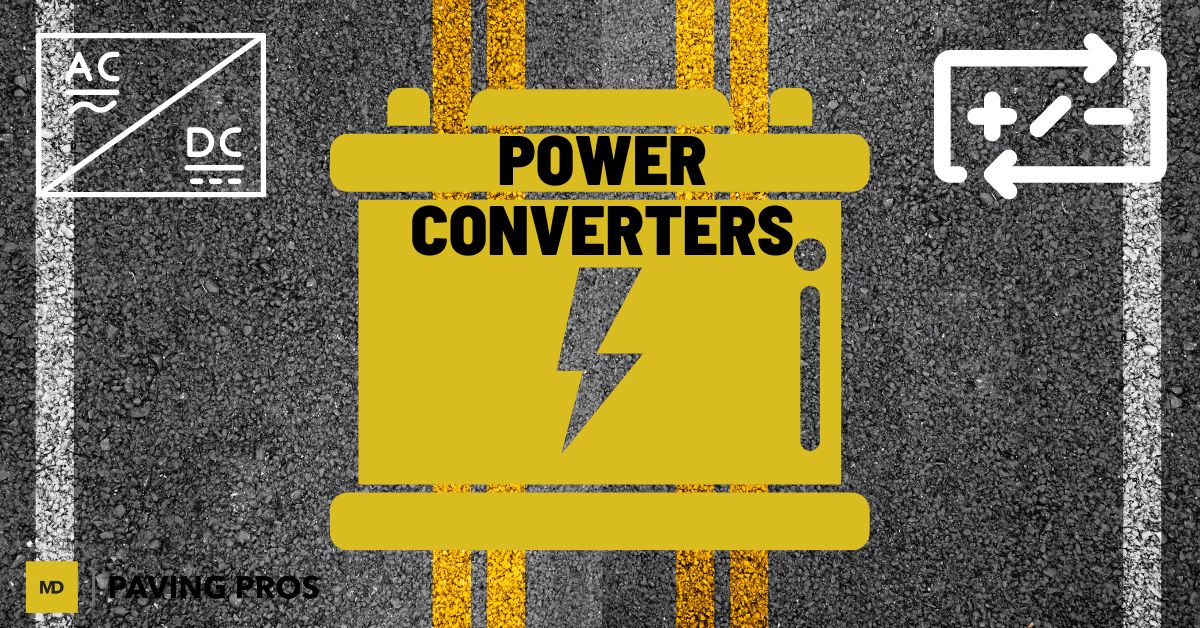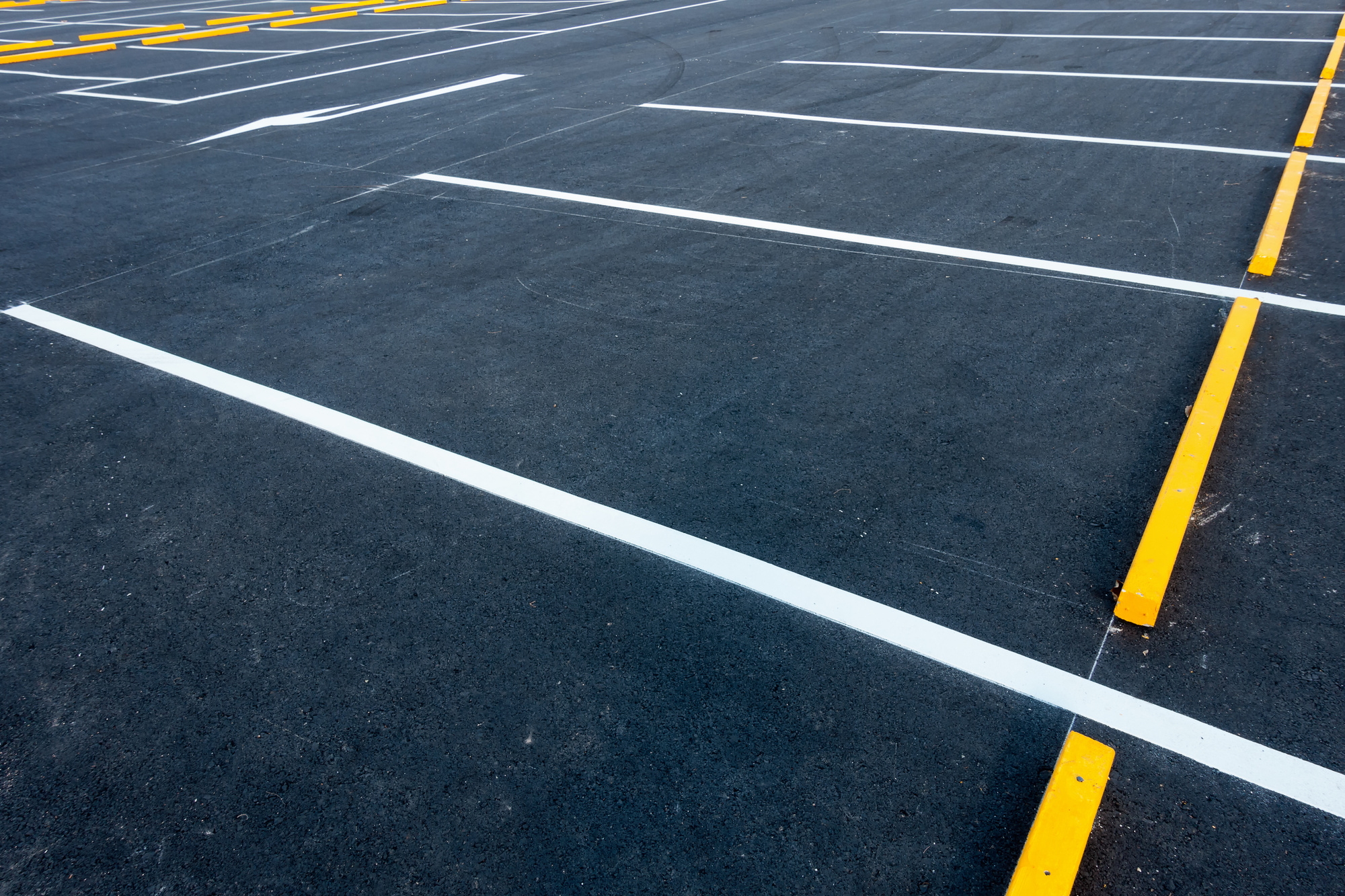Imagine dropping a hard-boiled egg. Now, imagine the scales on the back of an alligator.
They’re pretty similar, right? The underlying surface appears to be intact, but it’s riddled with hairline fractures that damage its appearance.
Look out at your sidewalk, driveway, patio or parking lot. Does it look similar?
Though it’s not what anyone expects when they pour brand-new asphalt, this issue, known as alligator cracking, is more common than you think. It’s also more serious.
The good news? It’s repairable! Yet, you’ll need to perform the right steps to make sure your new pavement functions properly and looks great when you’re done.
Today, we’re sharing what to do when you first see those telltale crevices. Ready to learn more? Let’s go!
What Causes Alligator Cracks?
Before we get into how to repair your cracked asphalt, let’s review how it got there in the first place.
Alligator cracking is also known as fatigue cracking. It occurs when there are issues with the material beneath your top layer of asphalt. Over time, this material can buckle when too much weight or stress is placed upon it.
Visualize a human pyramid.
At first, everything is in place and all appears to be going smoothly. Yet, if the people on the very top start juggling, riding bikes, or otherwise straining those on the bottom, it doesn’t take long for the system to break.
This cracking can also happen as a result of cold-weather damage. When snow or ice on top of asphalt thaws, the water can flood its base. In turn, this damages and weakens the sub-structure.
This is especially common in the northern United States, where repeat weather events occur during the winter.
The 7 Common Types of Asphalt Cracks
Before jumping into the various repair methods, it’s a good idea to get to know the types of cracks that most commonly occur in your pavements. These are listed here.
1. Transverse Cracks
This type of crack extends in a perpendicular direction to the laydown direction or centerline of the pavement. The main cause of this crack is thermal shifts.
2. Longitudinal Cracks
A longitudinal crack runs parallel to the laydown direction or centerline of the pavement. They typically appear after transverse cracks have already appeared.
The cause of this crack is poor lane join construction, asphalt hardening, shifts in temperature, and pavement shrinkage.
3. Edge Cracks
An edge crack is going to form between the pavement edge and the concrete curbs. This type of crack is the result of the seasonal thaw cycles, which result in the deepening and widening of the crack.
4. Seam Cracks
If you see a crack along the joints of the pavement, then this is a seam crack. This usually occurs due to poor paving procedures.
5. Block Cracks
A block crack is going to develop in square pieces and typically spaced between four and 12 feet. In many cases, they appear when the pavement reaches the end of its life.
This is often the result of improper construction of the base courses of a lack of proper drainage.
6. Reflective Cracks
If the sub-base of the asphalt begins to move, then it can cause the surface material to crack. Correcting the sub-base courses will help eliminate reflective cracks.
7. Alligator Cracks
If you notice a series of interconnecting cracks that are pretty extensive, then you are dealing with alligator cracks. These are going to be close together and resemble the skin on an alligator.
The main cause of this is deterioration in the asphalt due to repeated traffic loading.
Now that you fully understand the different types of asphalt cracks that can occur, it’s a good idea to learn which repair method is best. This takes careful consideration, so be sure to read the specifics carefully.
Preventing It From the Onset
Are you pouring a new asphalt drive? If so, you have time to take precautions that can mitigate against alligator cracking.
Begin by making sure the sub-base is as prepared as possible. To do so, you’ll need to take your use case into consideration.
Are you paving a driveway at your home? If so, you can work with your paving contractor to ensure the asphalt is suited to hold the weight of passenger cars.
Conversely, you’ll need to take different precautions if you’re paving a parking lot that may see traffic from heavy loads including semi-trucks and cargo trailers.
Your contractor can take these needs into account and help guide you toward an appropriate solution. When your base is solid from the get-go and able to support the constant pressure it receives, your chance of fatigue cracking diminishes.
How to Treat the Cracking
What should you do when you first notice alligator cracking in your asphalt? If the weather permits, apply a crack filler or sealcoating solution to prevent further damage.
During this time, keep traffic away from the affected spot.
Though it’s unlikely that the damaged surface would pose a safety concern to vehicles that drive on top of it, that extra weight they hold can hurt the asphalt even further.
While these coatings are great first-step measures, they act as stop-gaps until experts can perform an official repair. Your paving contractor will need to dig into the asphalt to identify the underlying problem.
Then, the next step includes strengthening the base of the surface to fortify it from the inside out. Here are the basic steps your contractor will perform to repair and restore the alligator cracks in your asphalt driveway.
Understanding Crack Sealing
When repairing asphalt cracks, this method uses a hot sealant to the working cracks. The goal is to prevent water intrusion.
Working cracks are those that are vertical or horizontal movements in cracks that are over 0.1 inches. One example of a working crack is a transverse crack.
What is Used as a Crack Sealant?
A crack sealant is rubberized and can seal the crack while remaining flexible with the movement of the pavement.
This method is beneficial or active cracks that are growing in severity and size. The sealants help to stop any water or debris from getting into the crack, protecting the pavements longevity.
Crack sealing is the more expensive of the two repair methods, but provides more value, because it is going to last longer.
Understanding Crack Filling
With crack filling, asphalt emulsion is placed into a non-working crack to reduce the infiltration of water and to reinforce the adjacent pavement.
A non-working crack is a horizontal or vertical movement in the crack that’s under 0.1 inches. Some examples of a non-working crack include alligator, diagonal, and longitudinal cracks.
In contrast to the crack sealing process, crack filling works to treat the pavement when it doesn’t show any significant signs of movement.
Identify and Evaluate the Problem
First things first is to figure out why there are alligator cracks. Your contractor will first identify the source of the issue. Then, they’ll discuss what needs to be done to fix it and what your repair options are based on your situation and your budget.
Assess the Sub-Base
Most likely, the cracks you’re seeing are caused by a foundational issue in the sub-base of your asphalt. It could be damaged, deteriorating, or both. The only way to know for sure is to take a deep dive inside.
Your contractor will assess the sub-base installation and discuss with you ways to modify and improve it.
Removing Damaged Sections
Is your asphalt cracking in certain places? If so, your contractor may be able to remove these sections from your surface altogether without requiring a total surface overhaul.
With those pieces out, the contractor can then install a new sub-base in the correct manner and top it with fresh asphalt.
Repairing the Surface
If the cracking is more widespread, it could be in the best interest of your property (and pocketbook) to repair the entire thing all at once, rather than working in patches as the years go by.
If you’re noticing alligator cracks in one spot, it’s only a matter of time before that compromised foundation affects the remaining area.
If you replace the whole sub-base, you can ensure against future damage. When installed correctly, a fresh asphalt surface can last 20 years or more, making the return well worth the investment.
The Effectiveness of Filling for Asphalt Crack Repair
Crack filling is a more affordable option when repairing cracks. While it requires a lower initial investment, over time it may require more frequent treatments to keep the cracks away.
If the alligator cracks are subject to expanding or contracting, then filling is not the right repair option. The most common crack filling materials include cutbacks, asphalt emulsions, and liquid asphalt.
Costs of Repairing Asphalt Cracks
The cost of repairing cracks in asphalt can vary significantly depending on the size and location of the crack, as well as the extent of the damage. For smaller cracks, such as those that measure less than 1/4 inch wide, homeowners can typically repair them with an asphalt crack sealer for around $20-$100 per gallon in materials costs. Larger cracks measuring 1/2 inch or wider may require a cold patch asphalt repair material containing aggregate and oil at around $10-$60 per bag.
For more extensive damage, professional repair services may be necessary. Such repairs may involve cutting out and removing portions of the existing asphalt before installing new layers. This type of repair may cost anywhere from $1 to $3 per square foot depending on how much preparation is needed beforehand. In some cases, it might be necessary to use hot mix asphalt for the patching process in order to ensure a strong bond between old and new layers. Hot mix asphalt typically costs around $85-$150 per ton.
Additional factors will influence the cost of repairing cracked asphalt, such as if there is any drainage or slope issues that need to be addressed or additional excavation work required for preparation purposes. It’s also important to factor in labor costs when having repairs done; experienced professionals often charge hourly rates ranging from $50 to $90 per hour depending on their skill level and experience.
In addition, many contractors will also charge additional fees for travel expenses, equipment rental costs, and other miscellaneous items that they need to do their job properly. Therefore, it’s important to discuss all potential costs upfront so that you have an accurate estimate of what you’ll be paying for repairs in advance before any work starts.
Repairing Asphalt Cracks: What’s the Right Option?
When trying to figure out whether you should seal or fill an asphalt crack, the best option is to talk with the professionals.
They can evaluate the type of crack you are dealing with, the expected movement in the pavement, and whether or not it is a non-working or working crack.
In most cases, a transverse crack is the first type to appear in pavement surfaces. But it isn’t uncommon for other types of cracks to develop at the same time. The worst thing you can do is ignore these problems.
Turn Your Cracked Asphalt New Again
No one wants to look outside and see a patchwork of alligator cracks all along their blacktop. When it comes to asphalt repair, using the right method is going to ensure the issue won’t come back. Keep in mind, if you aren’t sure whether or not one method is better than the other, it’s a good idea to reach out to the professionals.
If you need help with asphalt crack repair, then it’s a good idea to get in touch with our asphalt paving contractors. Our team has the skills, ability, and expertise to ensure all cracks and issues are repaired in a timely and efficient manner.
If you’ve noticed alligator cracks in yours, it’s time to act. Any delays can exacerbate the problem and make it more difficult, expensive and time-consuming to treat down the road.
Looking for a professional paving contractor that can take the reins for you? That’s where we come in.
We’re Maryland’s top choice for asphalt and concrete paving, seal coating, patio construction and more. We’re certified and experienced to handle any project, from household walkways to government facilities.
Contact us to learn more about how we can help, and we’ll send that alligator packing.






